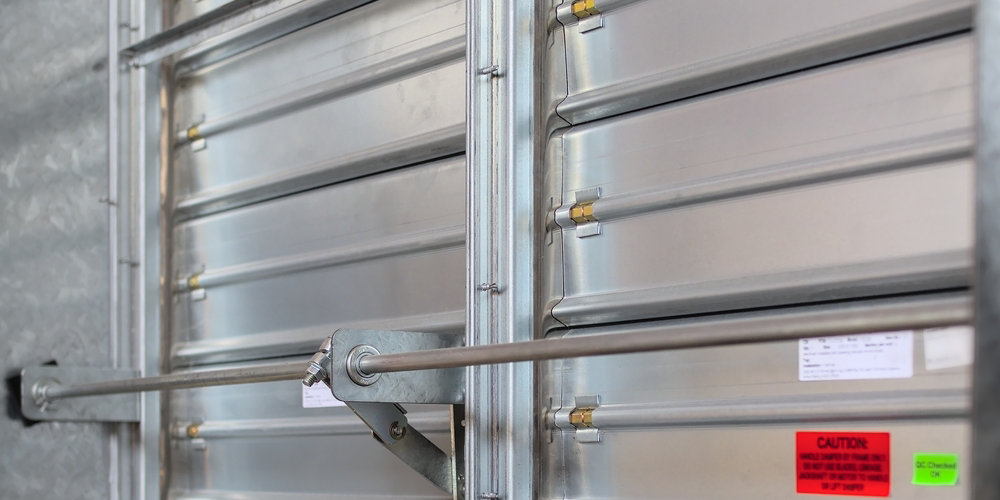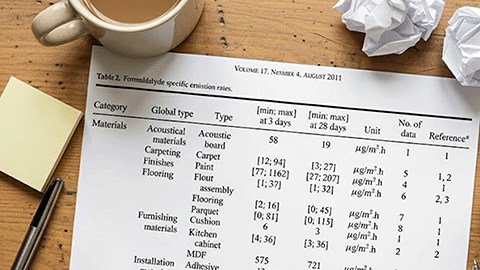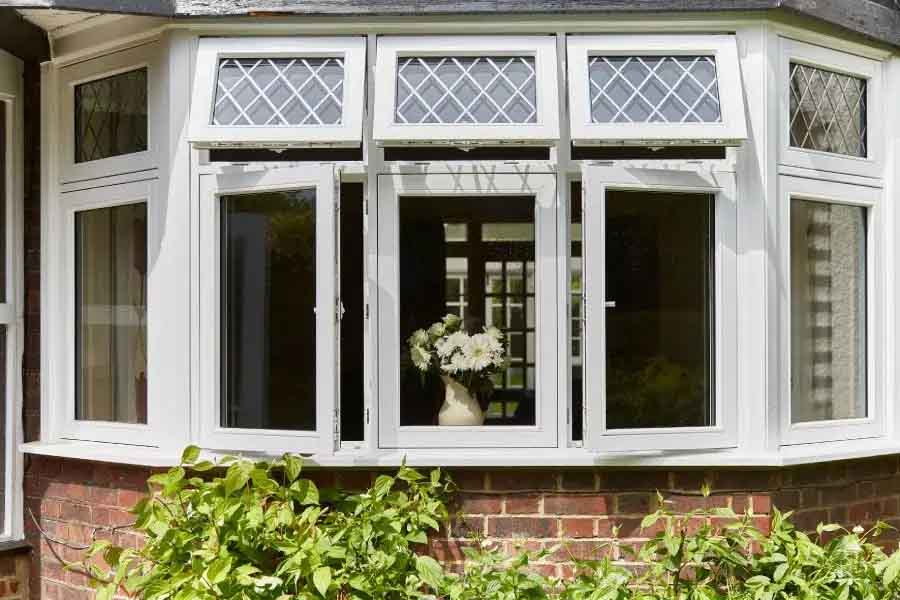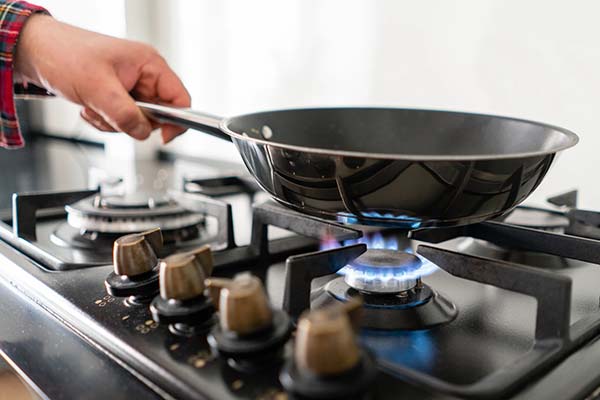How to Comply: UK Smoke & Fire Damper Regulations and Standards
In the United Kingdom, regulations related to smoke dampers and fire safety are primarily outlined in building codes and standards, with a focus on ensuring the safety of building occupants during a fire emergency. In this article, we list the relevant regulations and standards and give some best practice tips on how to remain compliant.
To learn more about fire and smoke dampers, how to install, test and maintain them, see our article: Everything You Need to Know About Fire and Smoke Dampers.
To see how we can help you with fire damper testing, check out our maintenance service: Fire Damper Testing.
UK Regulations
1. Building Regulations
The primary regulatory framework for fire safety in the UK is the Building Regulations. In England, these regulations are administered by the Ministry of Housing, Communities & Local Government (MHCLG), while in Scotland, they are administered by the Scottish Government. Similar regulations exist in Wales and Northern Ireland. Within the Building Regulations Part B (Fire Safety), the relevant regulations are set out in Approved Document B.
2. Approved Document B
Approved Document B to the Building Regulations provides guidance on fire safety in buildings. It includes information on fire containment and smoke control measures. Part B1 of the document specifically addresses fire and smoke dampers, among other fire safety measures.
Approved Document B specifies that fire dampers must be installed in accordance with the manufacturer's instructions and the relevant standards, such as BS EN 1366-2. It also requires that fire dampers are tested and maintained regularly to ensure that they are working correctly and are not obstructed or damaged.
The document also provides guidance on the location and spacing of fire dampers in different types of buildings, depending on the size and layout of the ventilation system. It specifies that fire dampers should be installed at every floor level and at any point where a duct passes through a fire compartment wall or floor.
3. Local regulations
Building regulations and guidance can vary by region and local authority within the UK. Therefore, it's important to consult the specific regulations and guidelines applicable to your location.
UK Standards
Smoke dampers used in the UK should meet certain certification and performance standards. Ensure that the dampers you use are compliant with relevant British or European standards and carry appropriate certification.
1. British Standard BS 9999:2017
The installation and maintenance of fire and smoke dampers are often guided by British Standards. One of the key standards related to this is BS 9999:2017 "Code of practice for fire safety in the design, management, and use of buildings." This standard provides recommendations for fire safety strategies in buildings, including the use of fire and smoke dampers.
Learn what the standard says about fire dampers in our article, BS 9999: Fire Safety & Fire Dampers.
2. British Standard BS EN 1366-2
When purchasing fire dampers, look out for those compliant with BS EN 1366-2:2015 “Fire resistance tests for service installations, fire dampers”. This standard provides a method for testing the fire resistance of dampers to ensure that they can withstand the effects of fire and prevent the spread of smoke and flames through ventilation and air conditioning systems.
The standard specifies the test procedures and performance criteria for fire dampers and smoke control dampers, including the temperature rise, the integrity of the damper, and the ability of the damper to prevent the spread of smoke and flames. The tests are carried out under controlled conditions in a laboratory environment, and the results are used to classify the fire resistance of the damper.
3. BESA DW145
In 2010 BESA introduced its guidance: “DW/145: Guide to Good Practice for The Installation of Fire and Smoke Dampers”. However, concerns have been raised about installation practices that have triggered an update to the standard. BESA have announced they will be updating DW145 in 2024. Stay in the loop with our live article DW145 Update 2024.
Best practice for compliance
Competent persons: The installation and maintenance of fire and smoke dampers should be carried out by competent persons who have the necessary knowledge and skills. Building owners or managers should ensure that they use qualified and trained professionals to install and maintain these systems. Given the complexity of fire safety regulations, it's advisable to consult with fire safety professionals, engineers or experts who are knowledgeable about local and national regulations to ensure compliance with all requirements.
Testing and maintenance: Regular testing and maintenance of fire and smoke dampers are crucial to ensure they function correctly. Dampers should be inspected, tested, and maintained in accordance with the manufacturer's instructions and industry best practices.
This includes functional testing and inspection to verify that the dampers close properly in response to smoke detection or other triggering mechanisms.
Documentation: Proper documentation of the installation, testing, and maintenance of fire and smoke dampers is essential. This documentation helps demonstrate compliance with regulations and standards and ensures a record of the system's performance over time.
Local authority approval: Depending on the type of building and its use, you may need to obtain approval from the local building control authority before installing or modifying fire and smoke damper systems.
Fire safety engineering: In some cases, fire safety engineers may be involved in designing and specifying fire and smoke damper systems for complex or high-risk buildings. A fire safety engineering approach involves a more in-depth analysis of fire safety measures, including the use of smoke dampers, to ensure compliance with safety requirements.
Understand varying requirements: The exact requirements can vary depending on the specific application, building type, and use. Fire and smoke dampers are commonly used to maintain the integrity of fire-resistant barriers in HVAC ducts that pass through fire-rated walls, floors, or partitions.
Stay up to date with the regulatory environment: Always keep in mind that fire safety regulations can change over time, so it's essential to stay up-to-date with the latest regulations and standards applicable to your specific project or building. Additionally, working with qualified professionals experienced in fire safety engineering and compliance is crucial for ensuring that your smoke dampers and overall fire safety measures meet the necessary standards and requirements in the UK.
It's important to note that compliance with regulations and standards is ultimately the responsibility of the building owner or operator. They should ensure that fire dampers are installed and maintained correctly and that all relevant regulations and standards are met.
FAQs
Are fire and smoke dampers a legal requirement in the UK?
Yes, fire and smoke dampers are required under the Building Regulations, which mandate measures to prevent the spread of fire and smoke through ductwork. Approved Document B sets out the expectations for installation, inspection, and maintenance. To ensure your fire and smoke dampers are working and compliant, you can book a service with us or contact ARM Environments here.
How often should fire dampers be tested?
We typically offer fire damper testing annually, as recommended across UK guidance and British Standards. Regular testing ensures that blades close fully and that no obstructions, corrosion, or mechanical faults compromise fire compartmentation.
Who is allowed to test or install fire dampers?
Fire dampers must be installed and tested by competent persons with relevant training and experience. Using qualified specialists is essential because poor installation or maintenance can invalidate compliance and compromise safety. Read more about competency standards and why they're important here.
What standards apply to fire and smoke dampers?
BS EN 1366-2 governs fire resistance testing, BS 9999 guides fire safety management, and BESA DW145 outlines installation best practice. These sit alongside statutory guidance in Approved Document B. Most fire damper testing services ensure your building is compliant with all of these standards.
Do I need documentation for damper testing?
Yes, as clear records of installation, testing, and maintenance are required to demonstrate compliance during audits, inspections, or insurance reviews. Documentation also helps track faults and remedial work. Alongside our fire damper testing service, we provide complete documentation detailing all work completed in an easily-accessible PDF format, making proof of compliance a breeze.
What happens if fire dampers are not maintained?
Poorly maintained dampers may fail to close during a fire, allowing smoke and flames to spread through ductwork. This creates significant life-safety risks and may breach the Building Regulations, fire strategy requirements, and insurance conditions. Prevent this by booking a fire or smoke damper service at least once a year.
What are common fire damper compliance failures?
Typical failures include inaccessible dampers, incorrect installation, missing access panels, obstructed blades, seized mechanisms, and a lack of annual testing. Many issues stem from poor workmanship during original installation, but professional testing can detect and eliminate these issues early.
Do regional rules affect fire damper compliance?
Yes, local building control bodies may apply additional expectations depending on the building type and fire strategy. Scotland, Wales, and Northern Ireland also publish their own versions of the Building Regulations. Get in touch with the ARM Environments team for further regional compliance details and fire damper advice.
How do I know if my building is compliant?
You need evidence of proper installation, annual testing, remedial work, and alignment with standards such as Approved Document B, BS EN 1366-2, and DW145. A specialist audit is often the simplest way to confirm compliance. If you're worried about compliance, get in touch here to arrange a visit.






